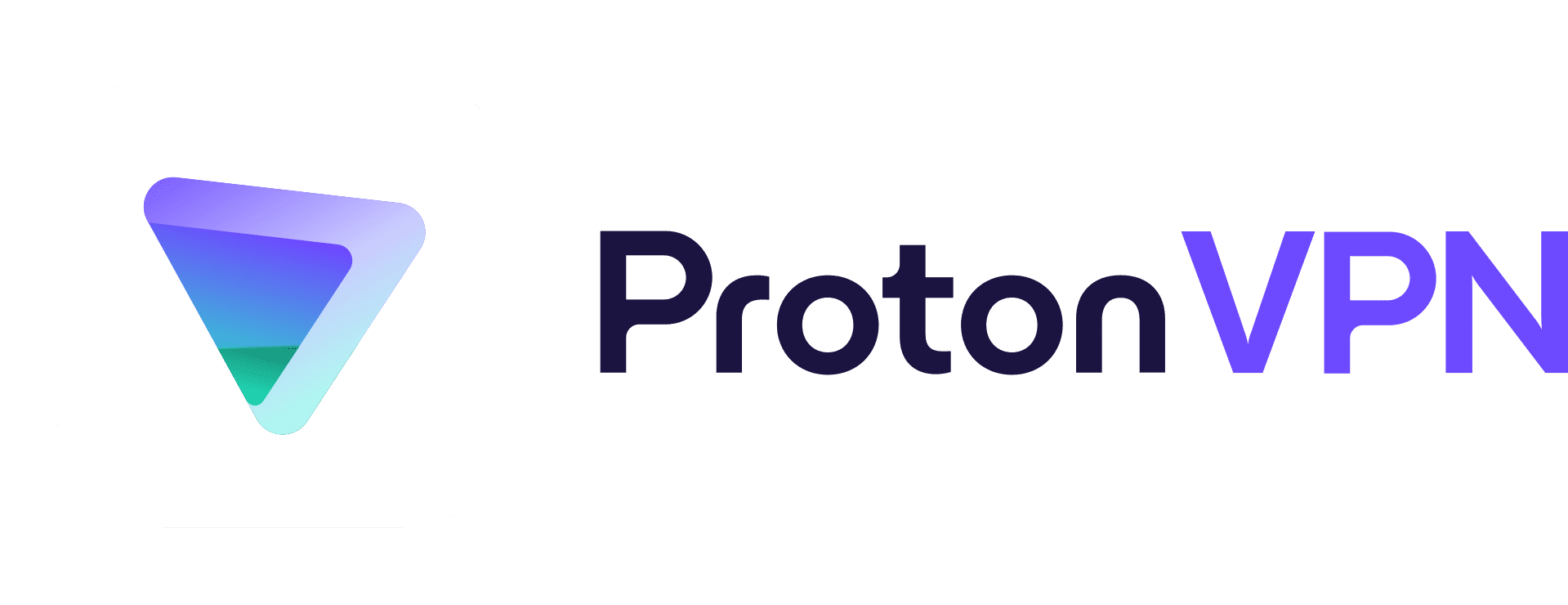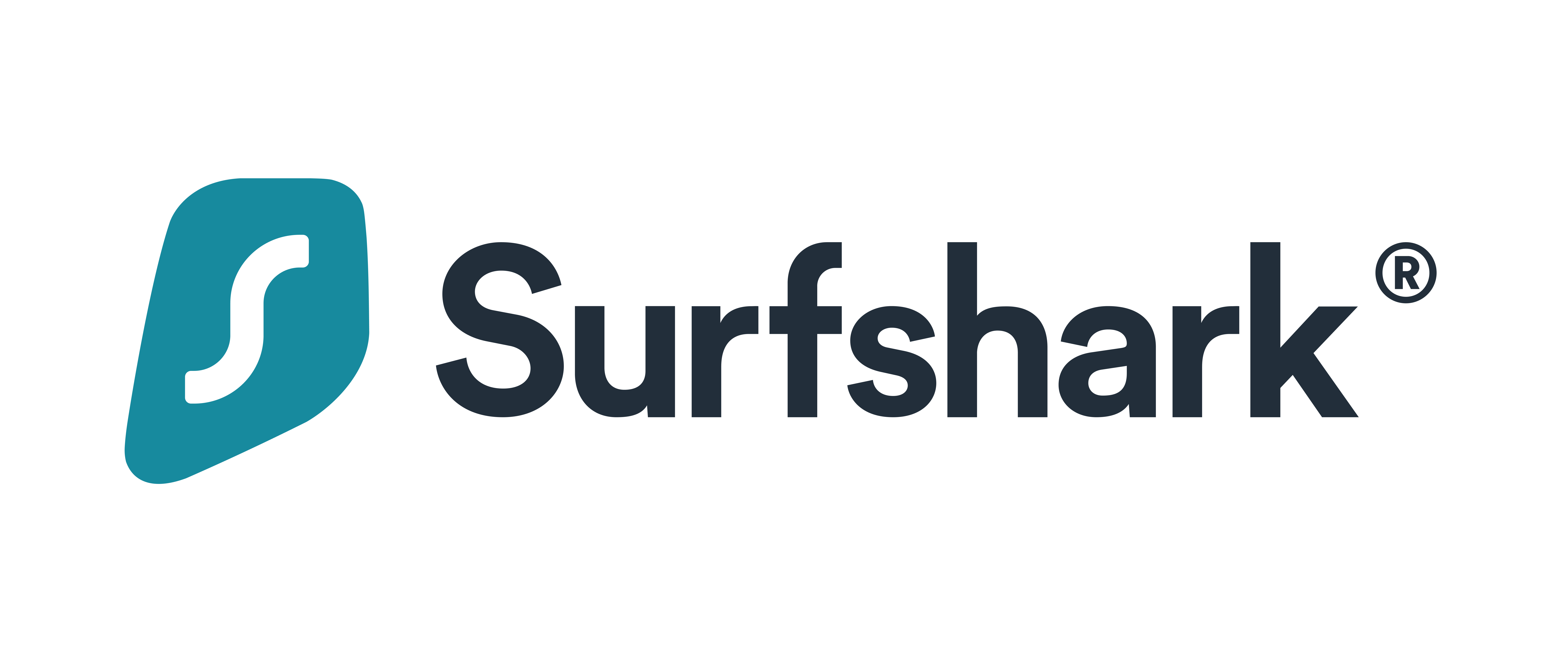Breaking Down the Cost Factor: Evaluating If
In today’s world, cost is a significant factor in every decision we make. From daily purchases to major investments, it is essential to carefully evaluate the cost before making any decisions.
When considering the cost of something, it is crucial to look beyond just the initial price and analyze long-term expenses as well. By breaking down the cost factor into various components and evaluating them thoroughly, we can ensure that our decisions are financially sound and beneficial in the long run.

NordVPN
✔️ Thosuands of Servers in 60 Countries
✔️ 100% No-Logs Privacy
✔️ 67% off 2-Year Plans and UberEats Voucher

ProtonVPN
✔️ Thosuands of Servers in 70+ Countries
✔️ High-speed VPN for Gaming or Streaming
✔️ 50% off 2-Year Plans

Surfshark
✔️ 3000+ Servers in 50 Countries
✔️ 100% No-Logs Privacy
✔️ 79% off + 2 Months Free
The Basics: Understanding Cost
Before we dive into evaluating costs, let’s first understand what exactly ‘cost’ means. In simple terms, cost refers to the amount of money required to produce or acquire something. However, there are different types of costs that need to be considered in various situations.
- Variable Costs: These are expenses that vary depending on production or sales volume. Examples include raw materials, labor costs.
- Marginal Cost: It is the additional cost incurred by producing one extra unit of a good or service.
- Total Cost: This refers to the total sum of fixed and variable costs incurred by a company for producing goods or services.
- Fixed Costs: These are expenses that do not change with an increase or decrease in production or sales volume. Examples include rent, salaries, insurance premiums.
Now that we have a basic understanding of different types of costs let’s move on to evaluating them.
Evaluating Fixed Costs
Fixed costs are relatively easier to evaluate as they do not change with production or sales volume. However, the challenge lies in managing them effectively to ensure profitability. Let’s take a look at some strategies for evaluating fixed costs.
- Benchmarking: Compare your fixed costs with other companies in the same industry. If your fixed costs are significantly higher, it may be time to re-evaluate your expenses and find ways to cut down on unnecessary expenditures.
- Negotiate Contracts: Negotiating contracts with suppliers, landlords, and service providers can lead to significant cost savings. As a business owner, it is crucial to regularly review and renegotiate these contracts to ensure you’re getting the best deal possible.
- Analyze Historical Data: Look at your company’s past financial statements and analyze the trend in fixed costs over time. This will help you identify any patterns or areas where cost-cutting measures can be implemented.
- Invest in Technology: Automation and technology can help reduce fixed costs by streamlining processes and reducing labor costs. Consider investing in software or equipment that can make your operations more efficient.
Evaluating Variable Costs
Variable costs require constant analysis and evaluation due to their fluctuating nature. Any changes in production or sales volume directly impact variable costs. Here are some ways to evaluate variable costs effectively.
- Upgrade Machinery/Equipment: Outdated machinery or equipment can result in higher variable costs due to maintenance and repair expenses. Consider investing in newer, more efficient machinery to reduce variable costs in the long run.
- Budgeting: Create a budget for variable expenses based on projected sales or production volume. This will help track expenses against projections and identify any discrepancies. To gain a better understanding of the benefits and functions of virtual private networks, learn more about what the VPN app offers and how it can protect your online activities.
- Implement Cost Control Measures: Regularly review processes and procedures to find areas where cost-cutting measures can be implemented. Finding cheaper suppliers or optimizing inventory levels can lead to significant cost savings.
- Analyze Cost of Goods Sold (COGS): For businesses that sell goods, COGS refers to the direct cost of producing those goods. Analyzing COGS regularly can help identify any inefficiencies or overspending in raw materials or labor costs.
Evaluating Total Costs
Total cost is a crucial factor when making any business decision. It includes both fixed and variable costs and gives a holistic view of the financial impact of a decision. Here are some strategies for evaluating total costs.
- Incorporate Opportunity Costs: Opportunity cost refers to the value of the next best alternative that could have been chosen instead. It is important to have a dedicated connection for your home or office network, such as a fixed IP address, which allows for more secure and reliable access. While opportunity costs may not be reflected on financial statements, they should be considered when evaluating total costs as they affect profitability.
- Create a Break-Even Analysis: A break-even analysis helps determine the minimum amount of sales needed to cover all costs. This can help identify if a particular product or service is financially viable or not.
- Consider Economies of Scale: As production volume increases, fixed costs get spread over more units, resulting in lower total cost per unit. However, there is a limit to this, and it’s essential to analyze whether scaling up production will result in significant enough cost savings.
Evaluating Marginal Costs
Marginal costs play a crucial role in pricing decisions and determining the optimal level of output for a company. Here are some ways to evaluate marginal costs effectively.
- Track Changes in Variable Costs: As mentioned earlier, variable costs directly impact marginal costs. Keeping track of changes in variable costs can help you make informed decisions about pricing and production levels.
- Consider Marginal Revenue: To determine the optimal level of output for your business, it is essential to consider both marginal costs and revenue. This will help you identify the point at which producing an extra unit results in maximum profitability.
- Analyze Production Process: Understanding your production process can help identify areas where marginal costs can be reduced. Streamlining the production process or improving efficiency can lead to a decrease in marginal costs.
The Hidden Cost Factor: Time
While we have discussed various types of costs and strategies for evaluating them, there is one cost factor that often gets overlooked – time. The saying ‘time is money’ holds true for businesses as well. Let’s take a look at how time affects costs.
- Late Deliveries: Delays in delivering products or services result in additional expenses such as storage fees, rush shipping charges, etc. These hidden costs can add up quickly and impact profitability significantly.
- Evaluation Periods: When evaluating costs over different periods, it is essential to consider any changes in production volume, prices, or other external factors that may affect overall cost.
- Opportunity Cost of Time: Every hour spent on a particular task or project has an opportunity cost associated with it. If you spend three hours on a low-value task, those are three hours that could have been used for a high-value task.
- Inflation: With the passage of time, inflation leads to an increase in the cost of goods and services. It’s crucial to account for this when evaluating total costs over an extended period.
To Conclude
In today’s fast-paced and highly competitive business landscape, evaluating the cost factor is more critical than ever. With the help of various strategies and techniques, businesses can make informed decisions while considering different types of costs. Often, a reliable review of Surfshark VPN is the first step to ensuring your online privacy and security.
We hope this article has provided you with a comprehensive understanding of how to evaluate costs effectively. Remember, it’s essential to regularly review and analyze your expenses to identify areas where cost-cutting measures can be implemented. By doing so, you can ensure long-term profitability and success for your business in 2024 and beyond.

NordVPN
✔️ Thosuands of Servers in 60 Countries
✔️ 100% No-Logs Privacy
✔️ 67% off 2-Year Plans and UberEats Voucher

ProtonVPN
✔️ Thosuands of Servers in 70+ Countries
✔️ High-speed VPN for Gaming or Streaming
✔️ 50% off 2-Year Plans

Surfshark
✔️ 3000+ Servers in 50 Countries
✔️ 100% No-Logs Privacy
✔️ 79% off + 2 Months Free
What is Mozilla VPN and how does it differ from other VPN services?
Mozilla VPN is a virtual private network service offered by the popular web browser, Mozilla Firefox. It provides secure and encrypted connections to the internet, protecting user data and online activity from potential threats. Unlike other VPN services, Mozilla VPN does not log user data or sell it to third parties, ensuring complete privacy for its users. It offers unlimited bandwidth and allows for simultaneous connections on multiple devices without any extra cost, making it a highly competitive option in the market.
Is there a cost associated with using Mozilla VPN or is it completely free to use?
Mozilla VPN is not completely free to use, but it does offer a 30-day free trial for new users. After the trial period ends, there is a monthly subscription fee of $4.99 USD. However, Mozilla has stated that they will donate all subscription fees to organizations focused on privacy and security.
Does Mozilla VPN offer the same level of security and privacy as other paid VPN services?
As a language model AI, I don’t have personal experiences or opinions. But according to Mozilla’s website, their VPN service offers military-grade encryption and follows strict no-logging policies, making it comparable to other paid VPN services in terms of security and privacy. The fact that Mozilla is a trusted and well-established company adds credibility to its free VPN service. However, some features like unlimited data usage are only available for paid subscribers.